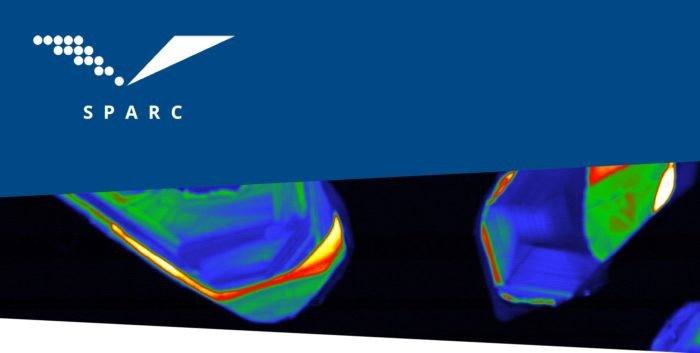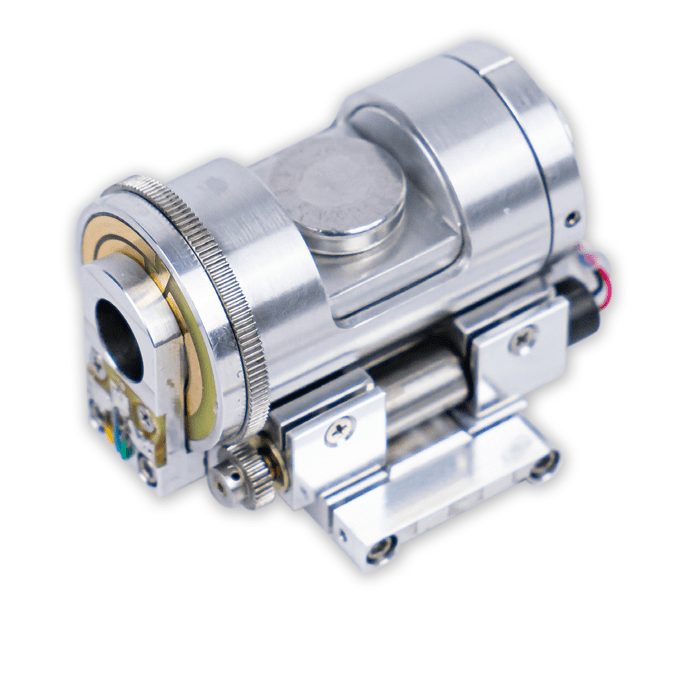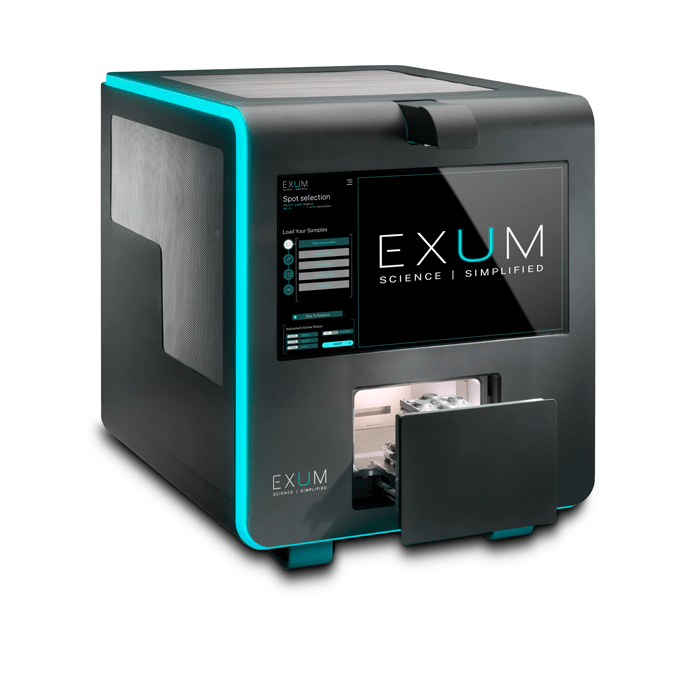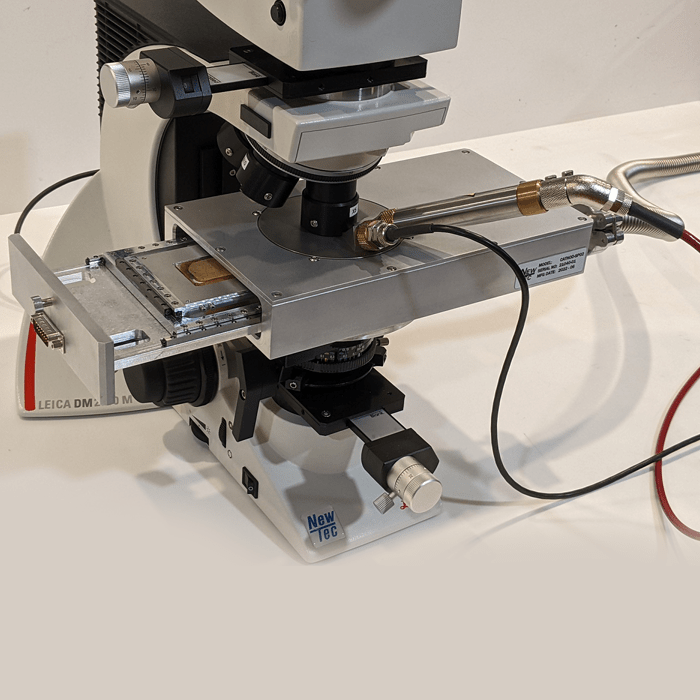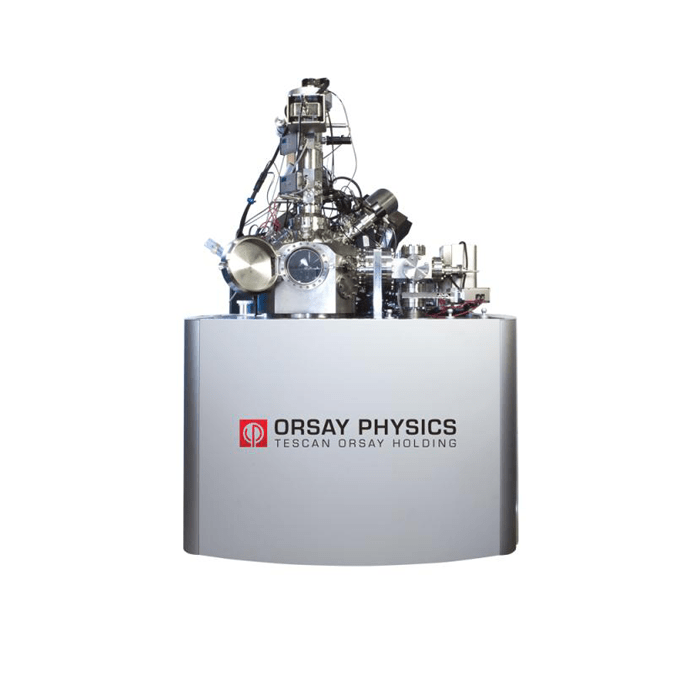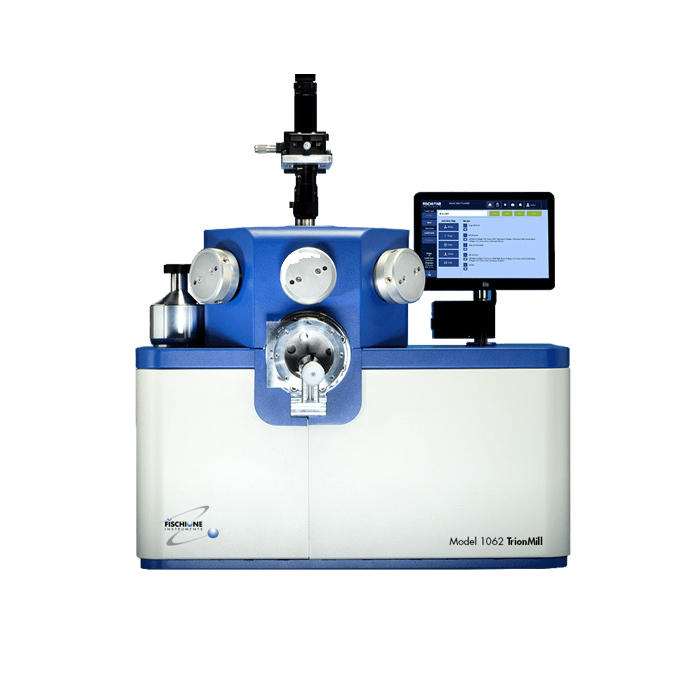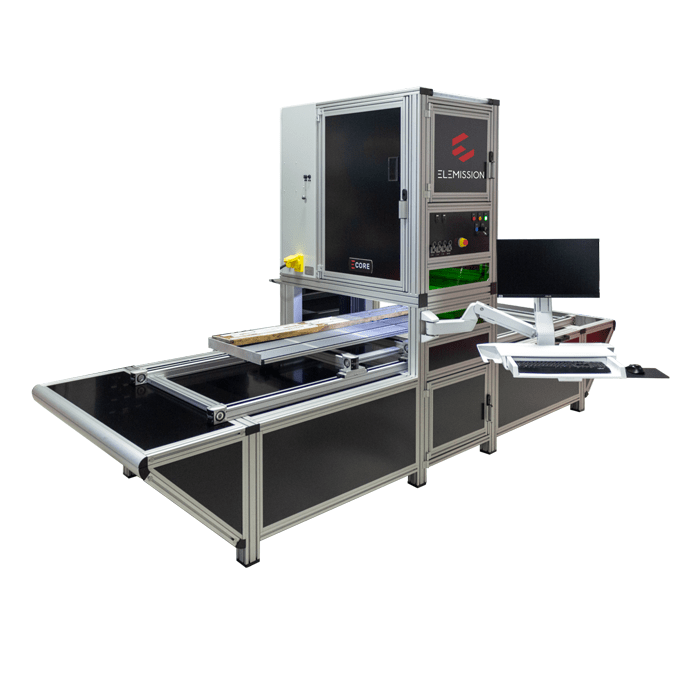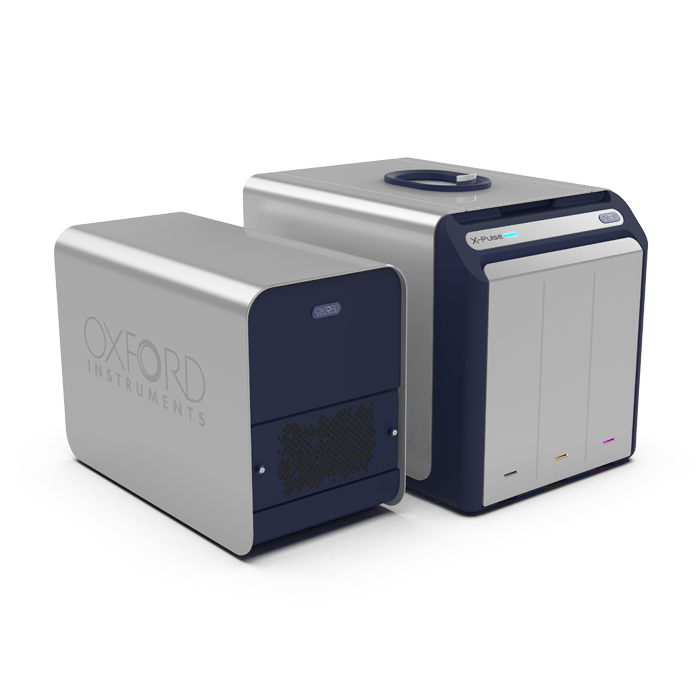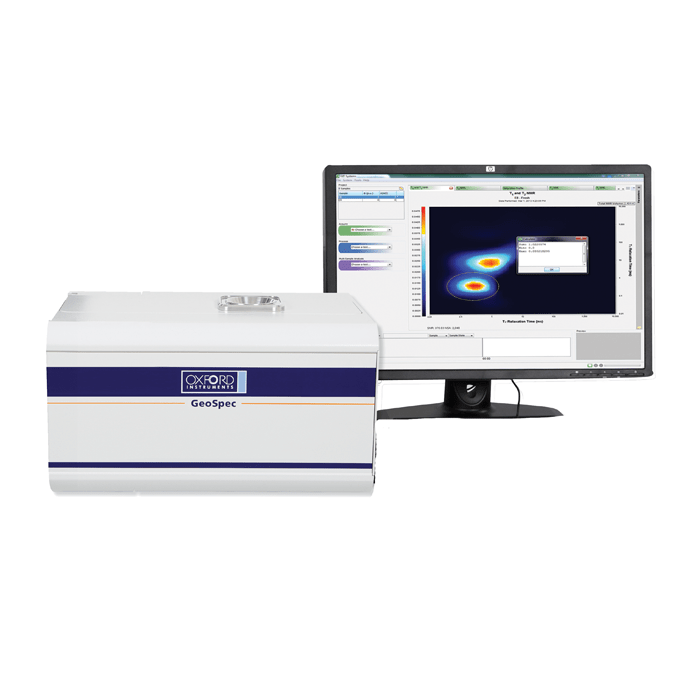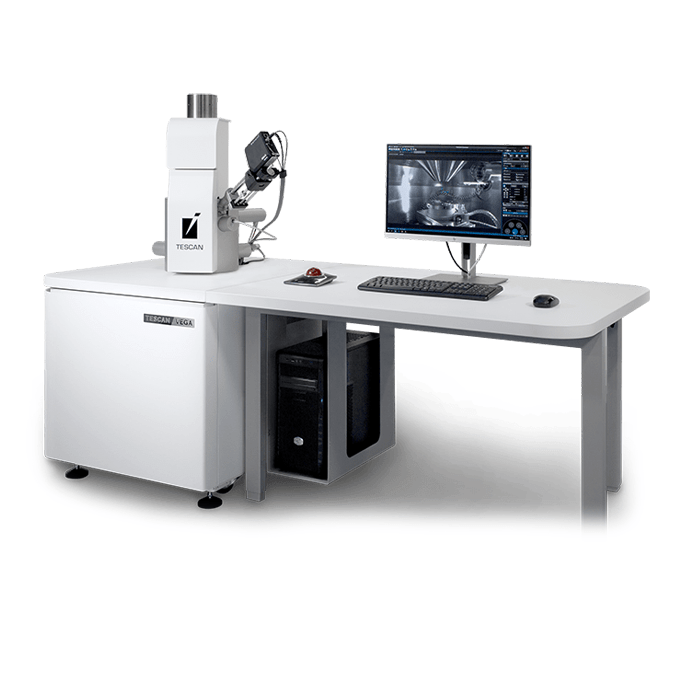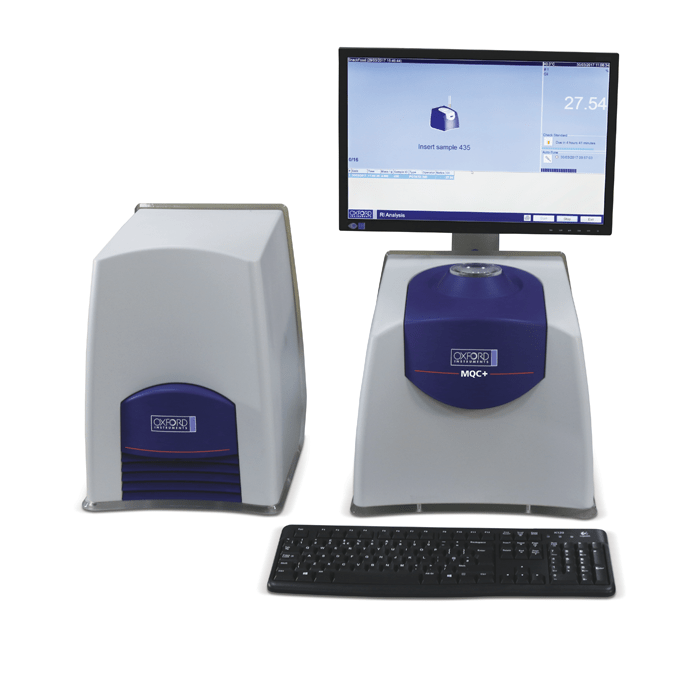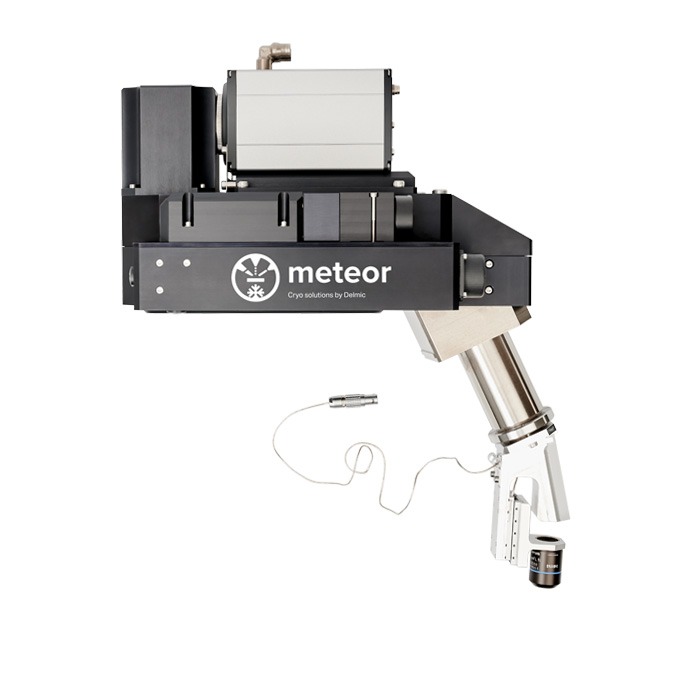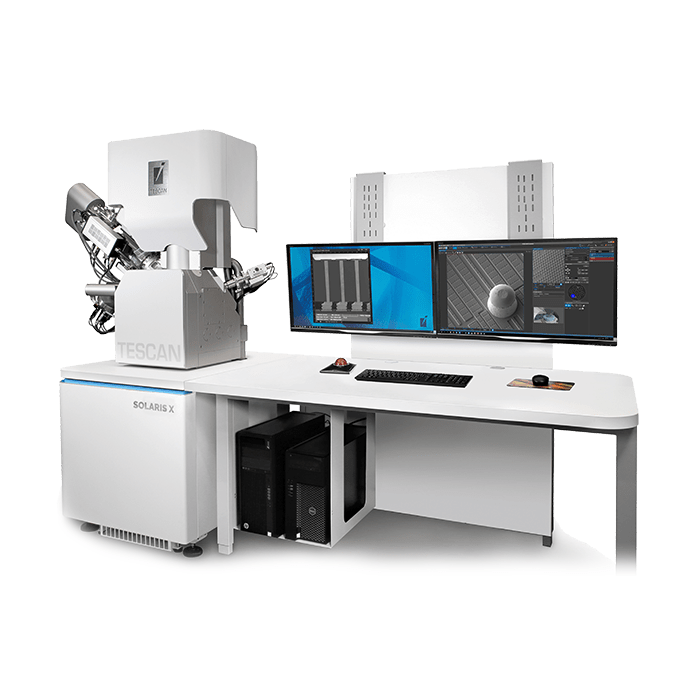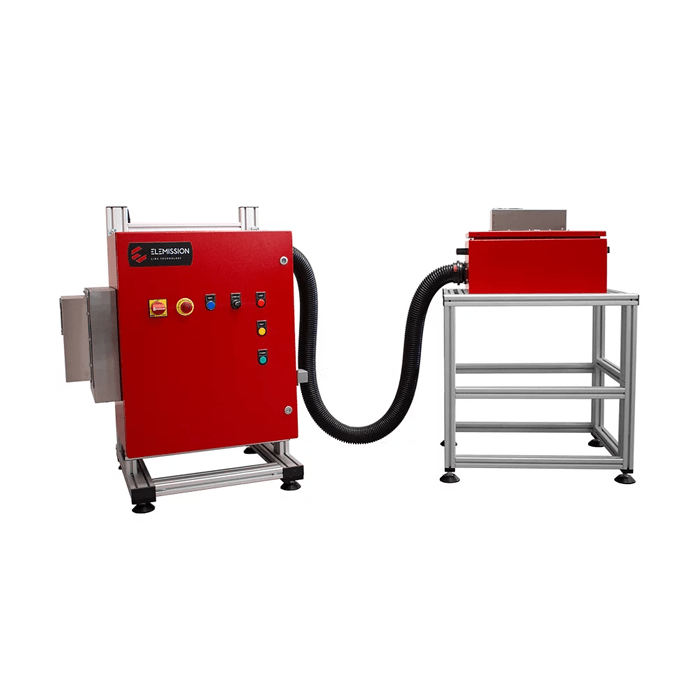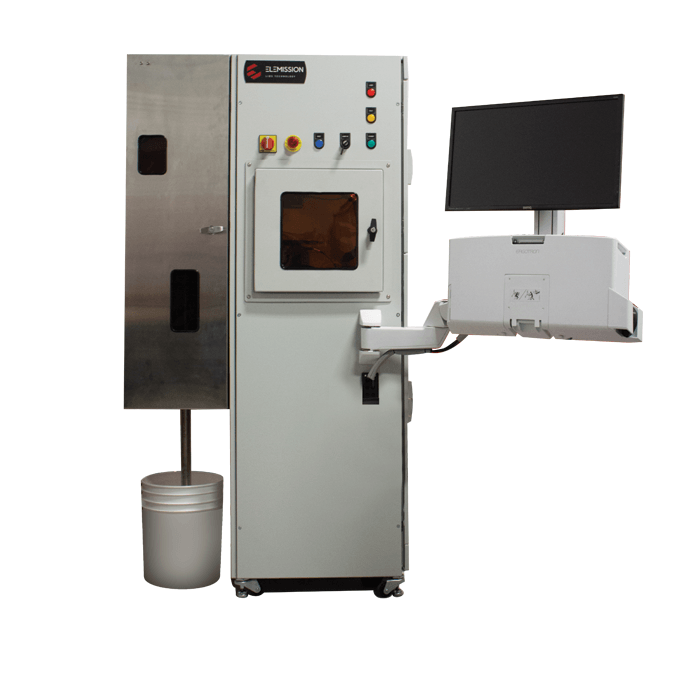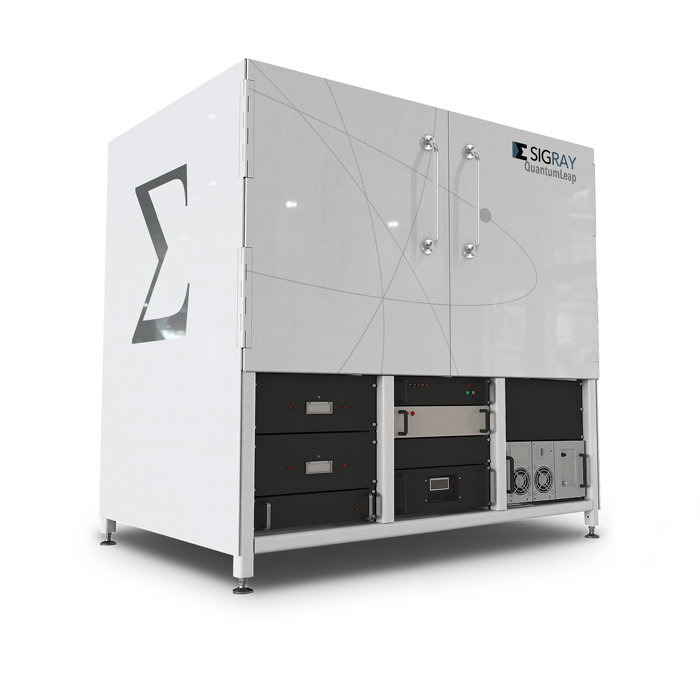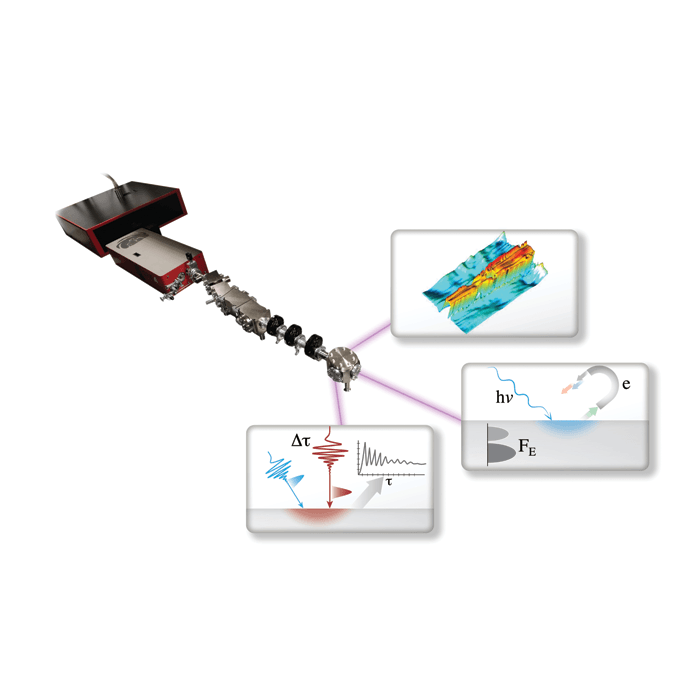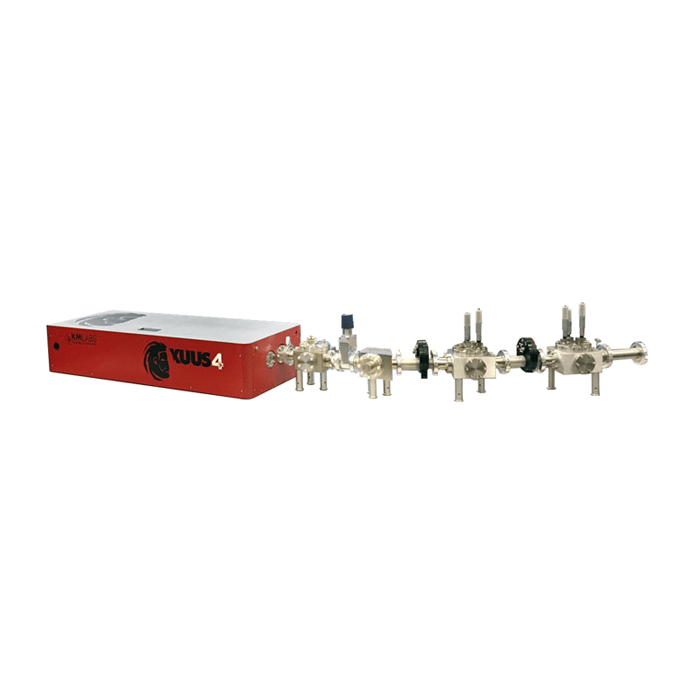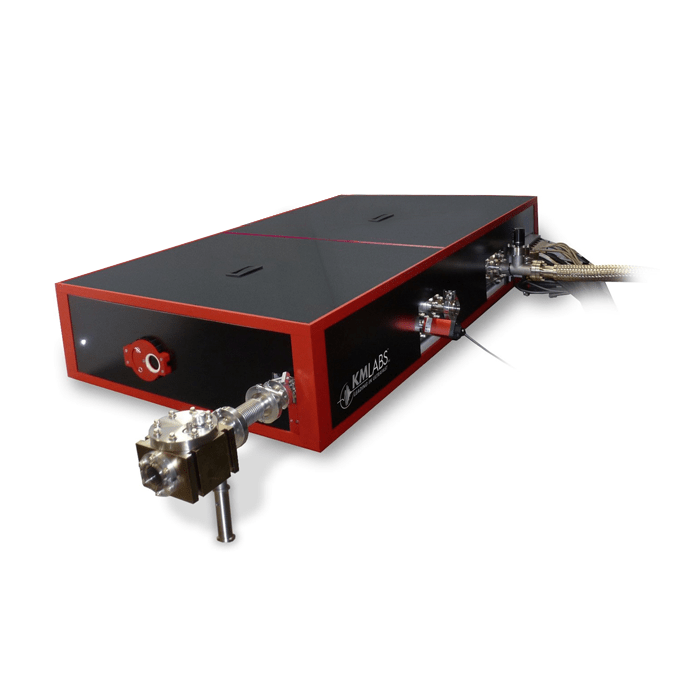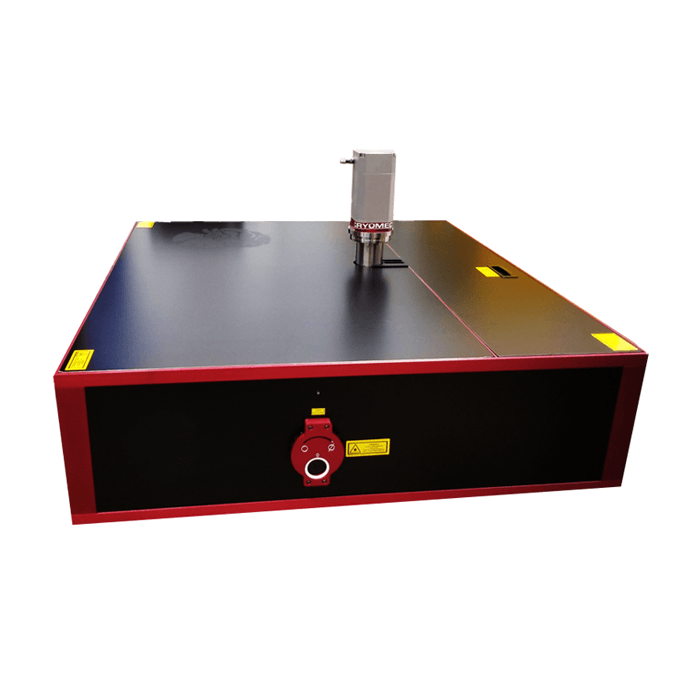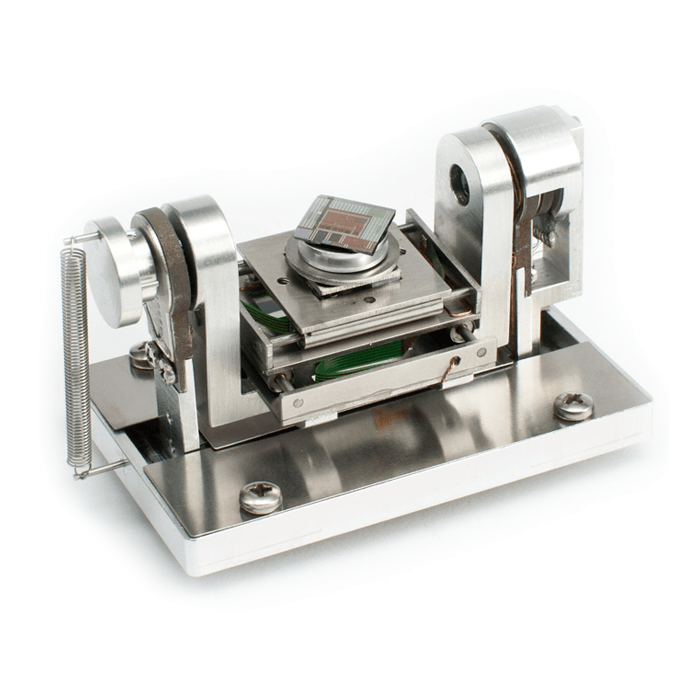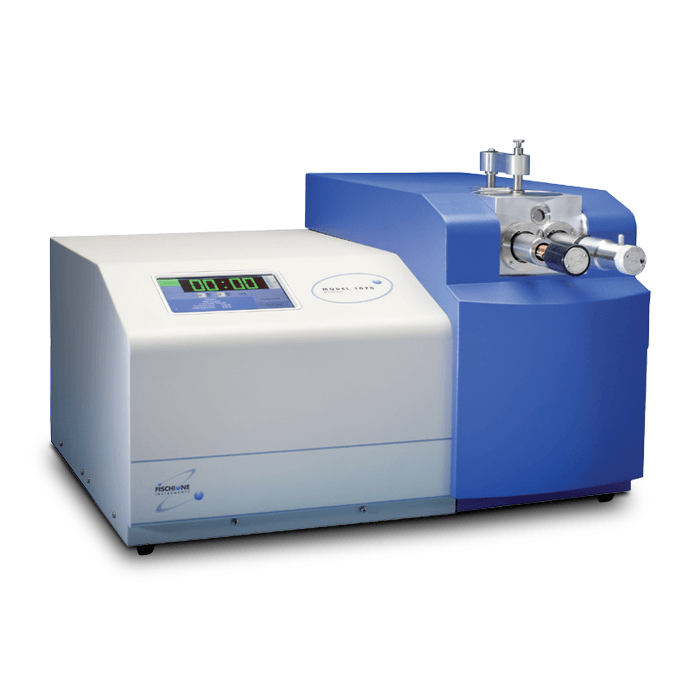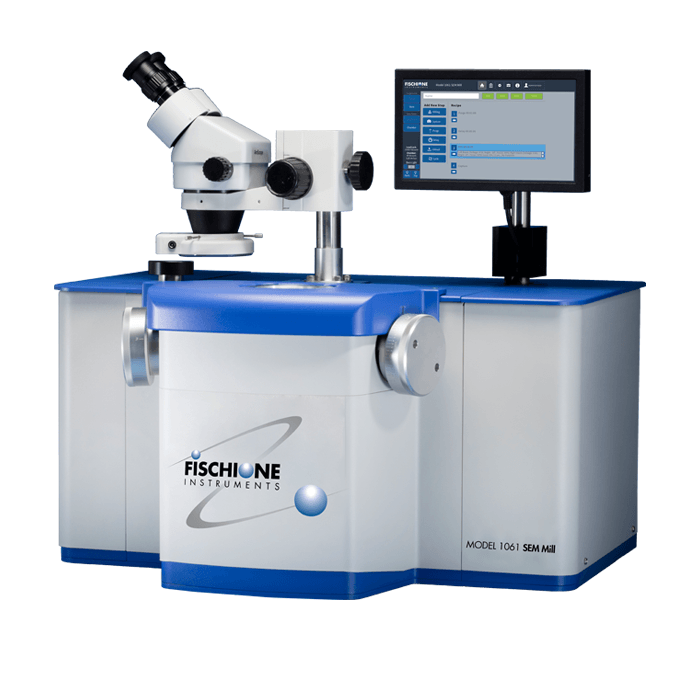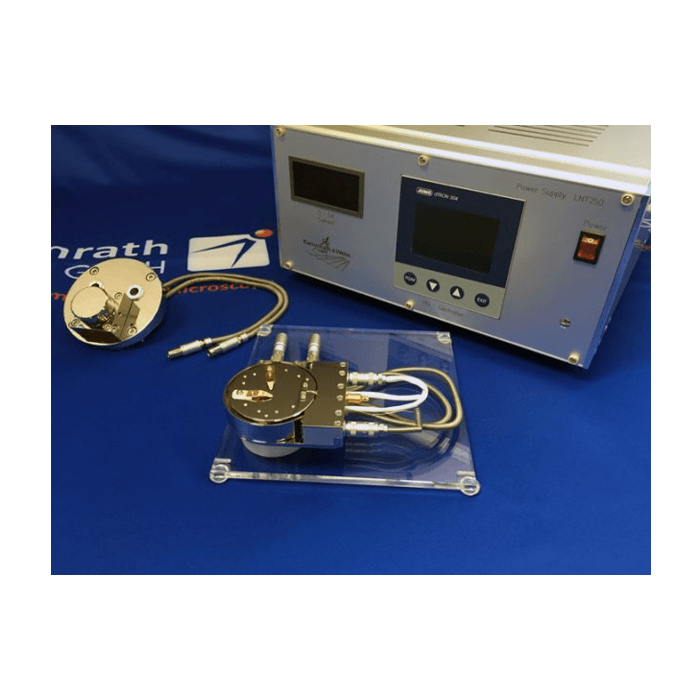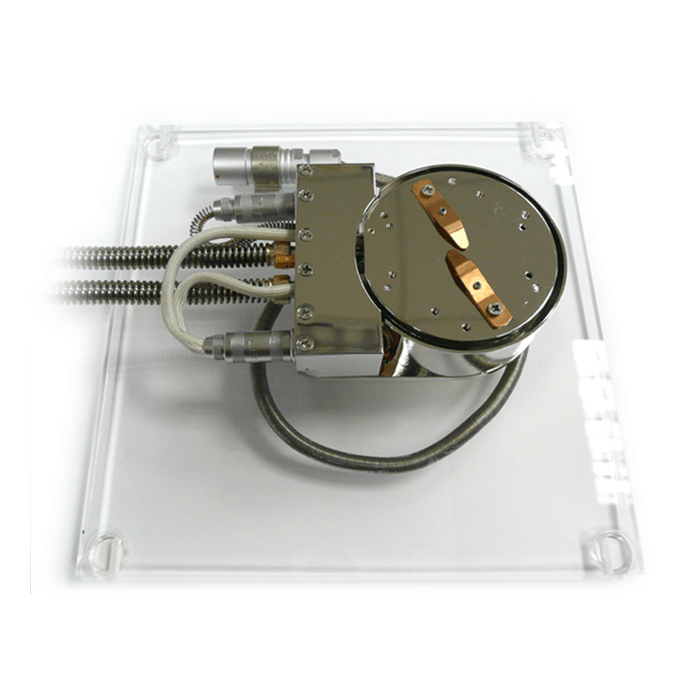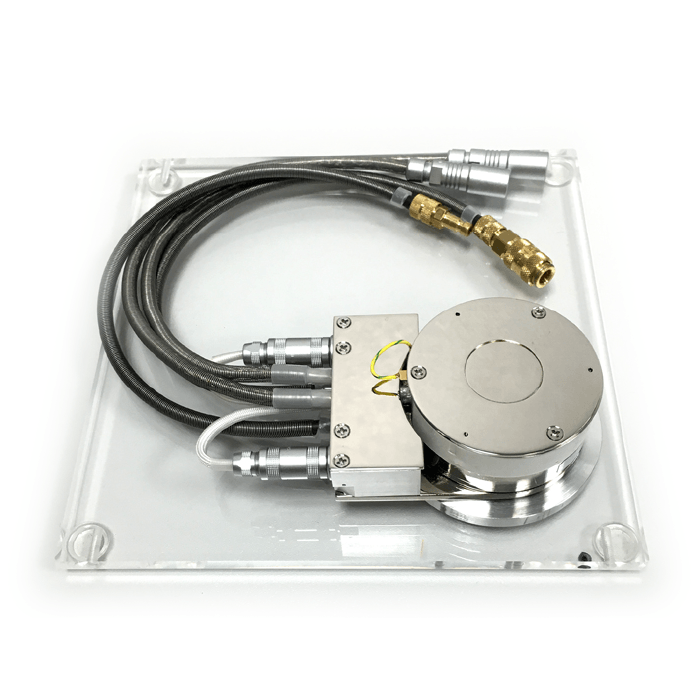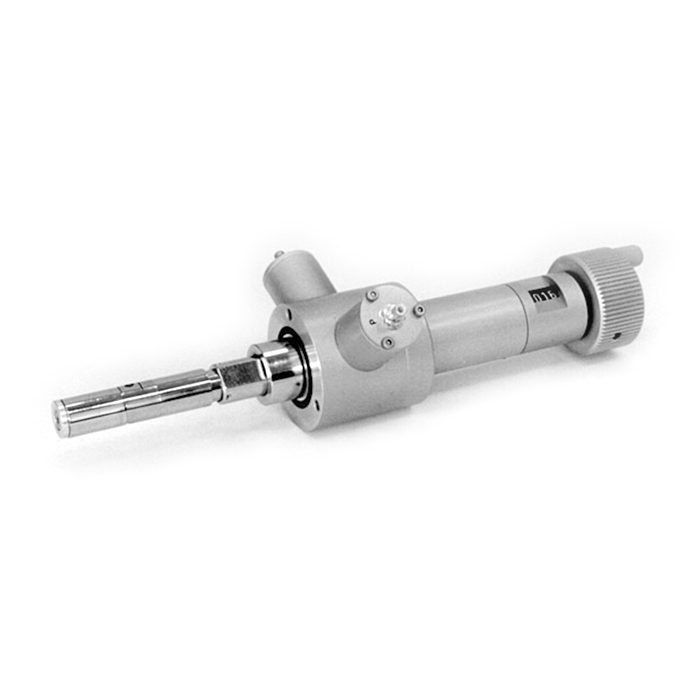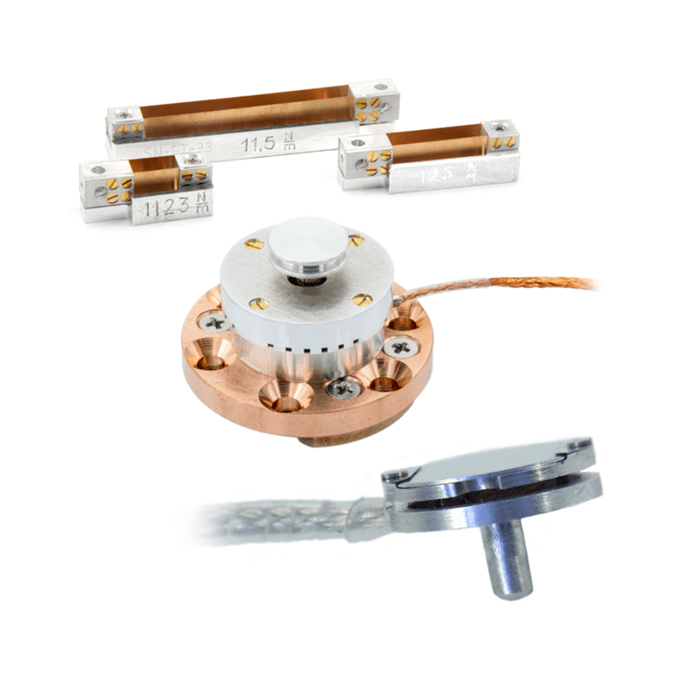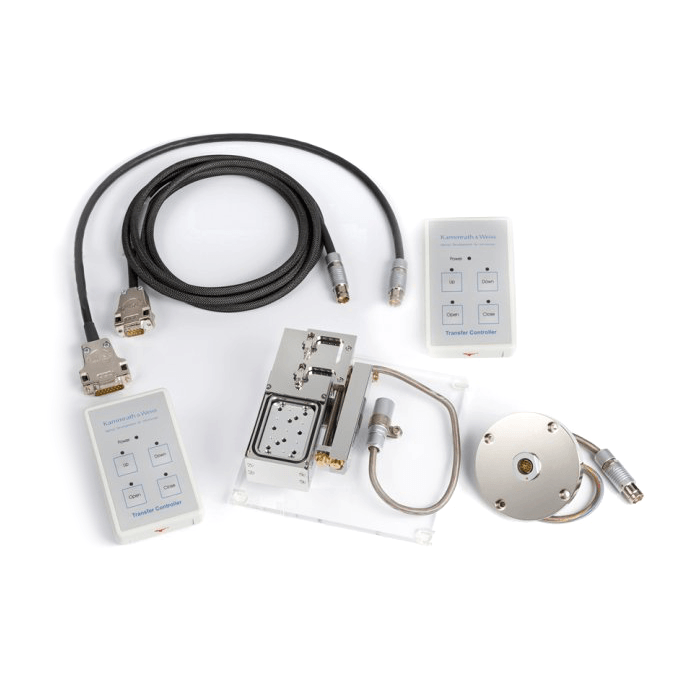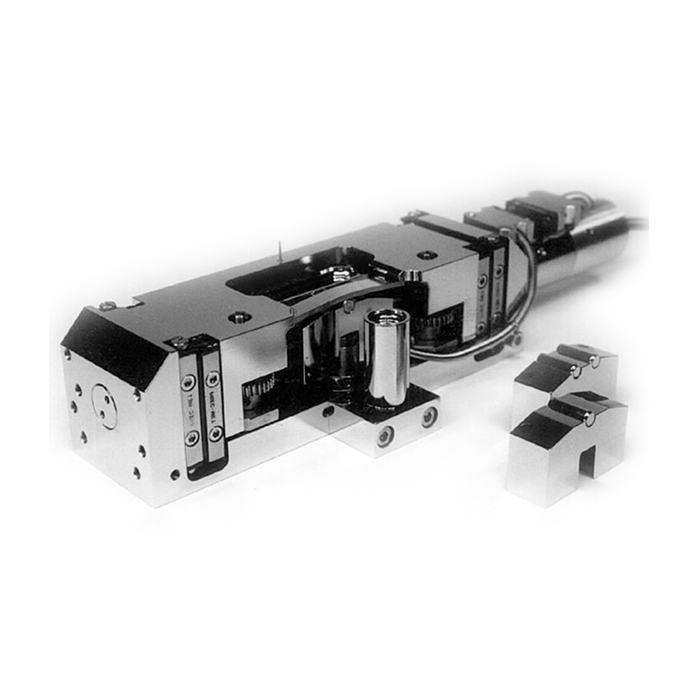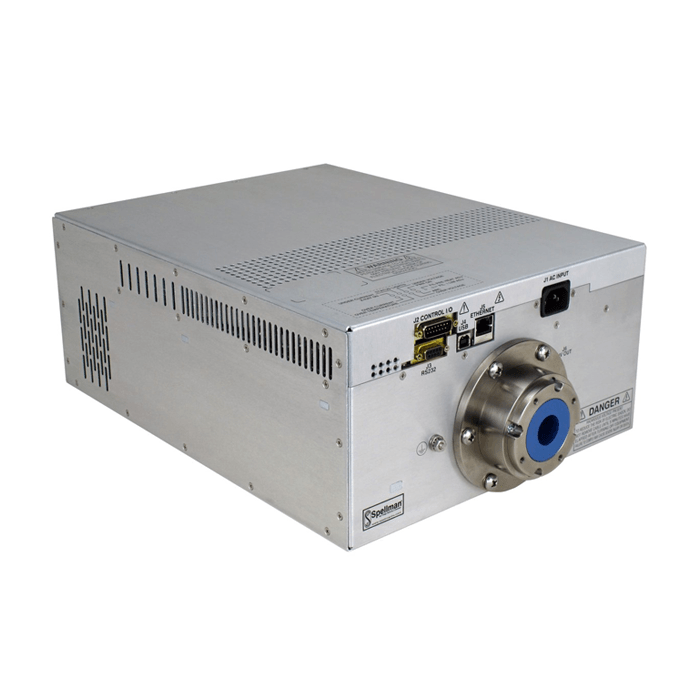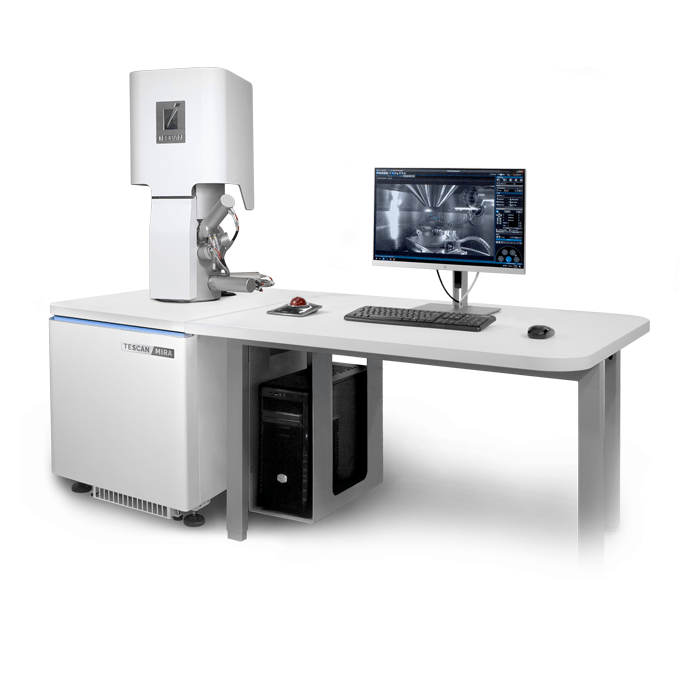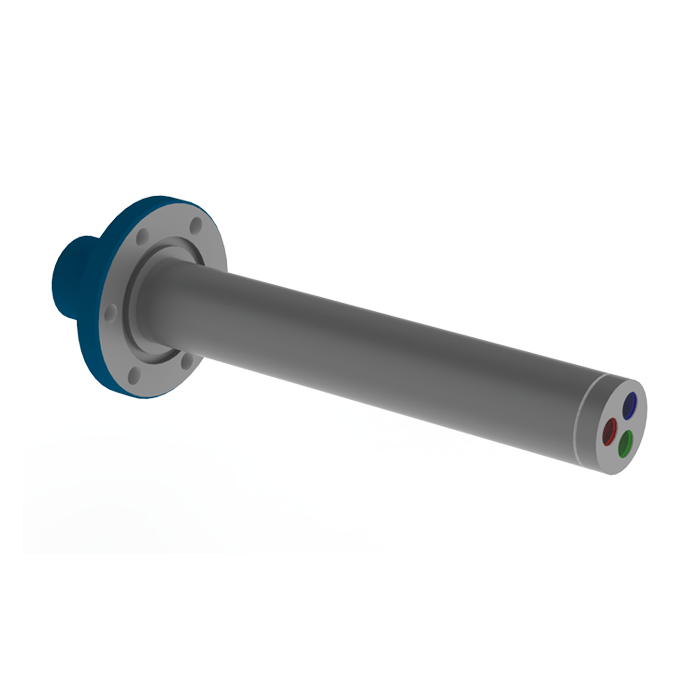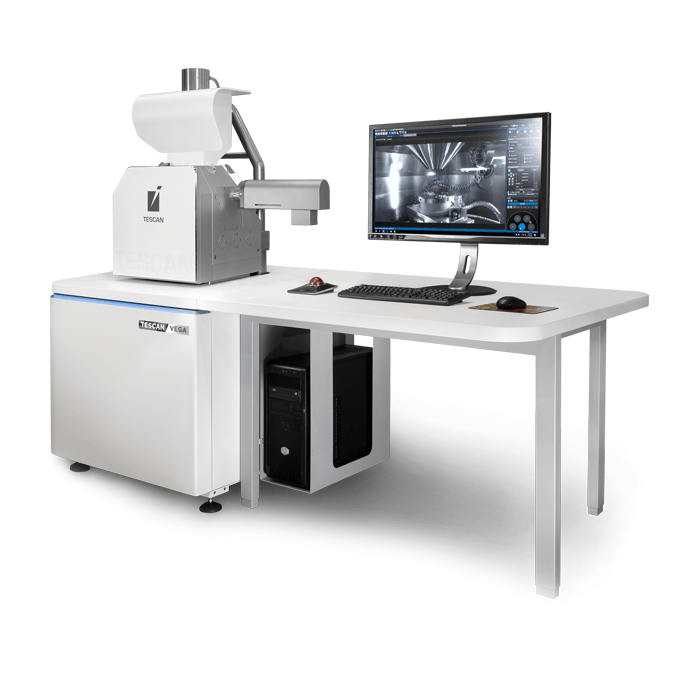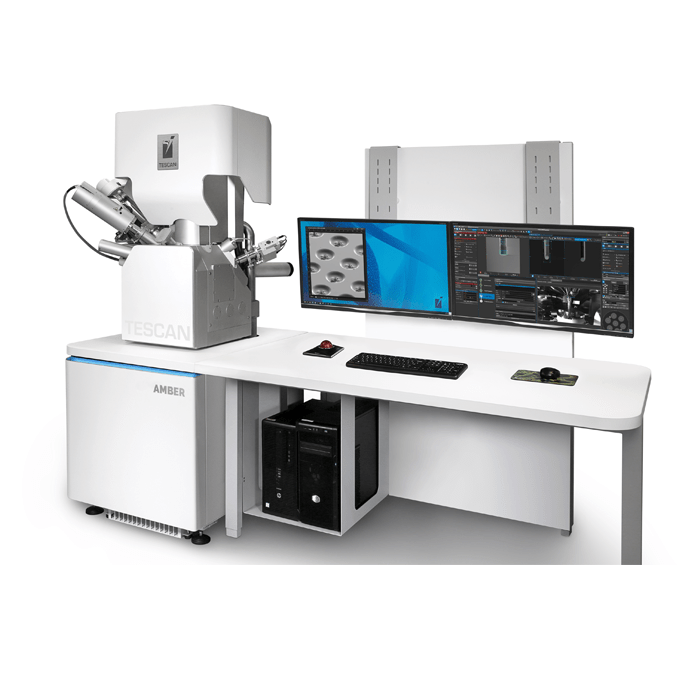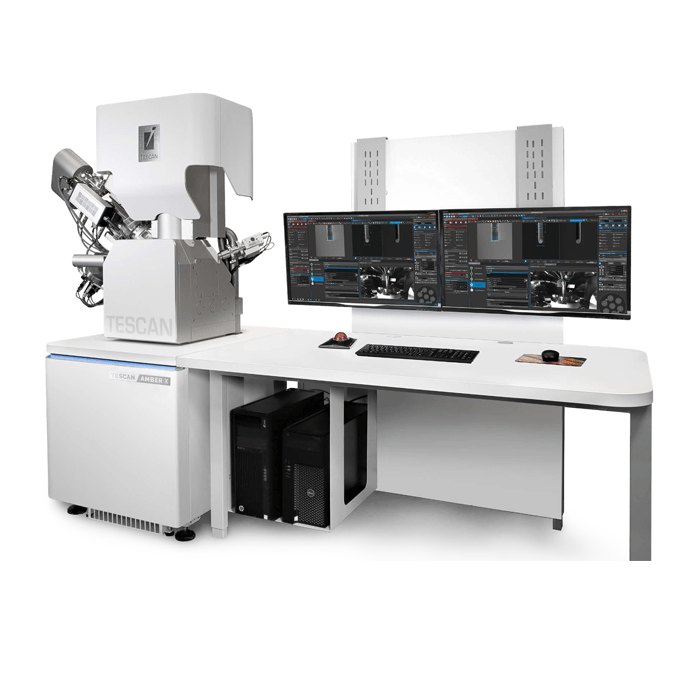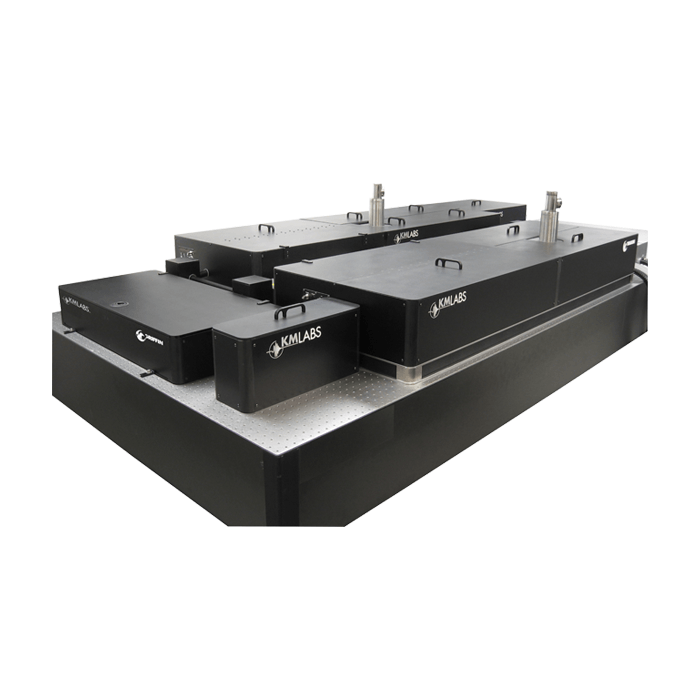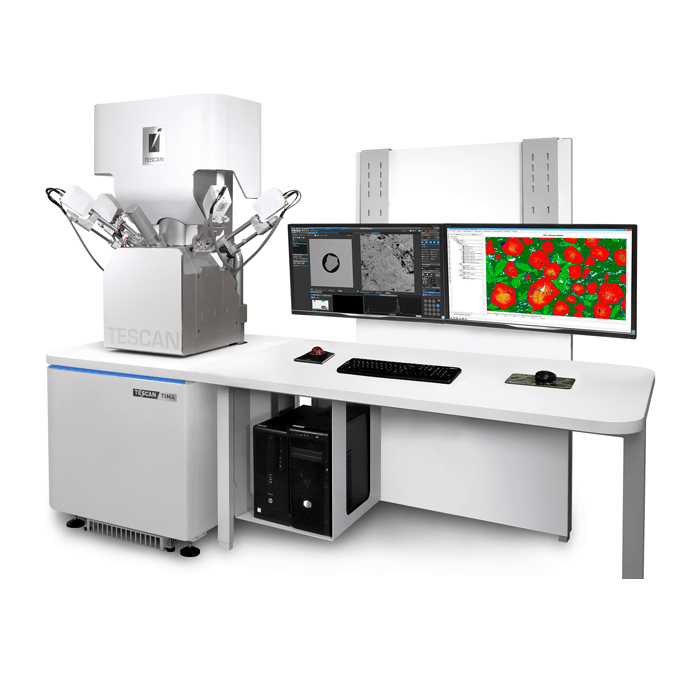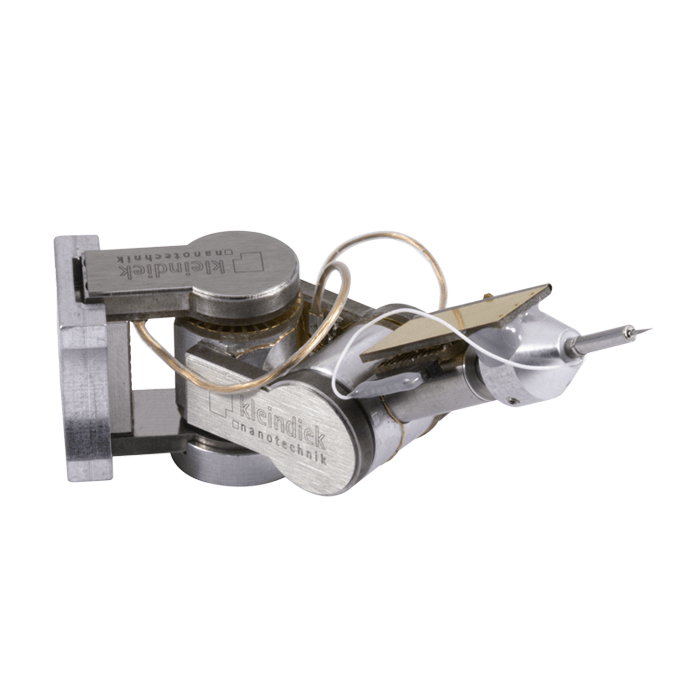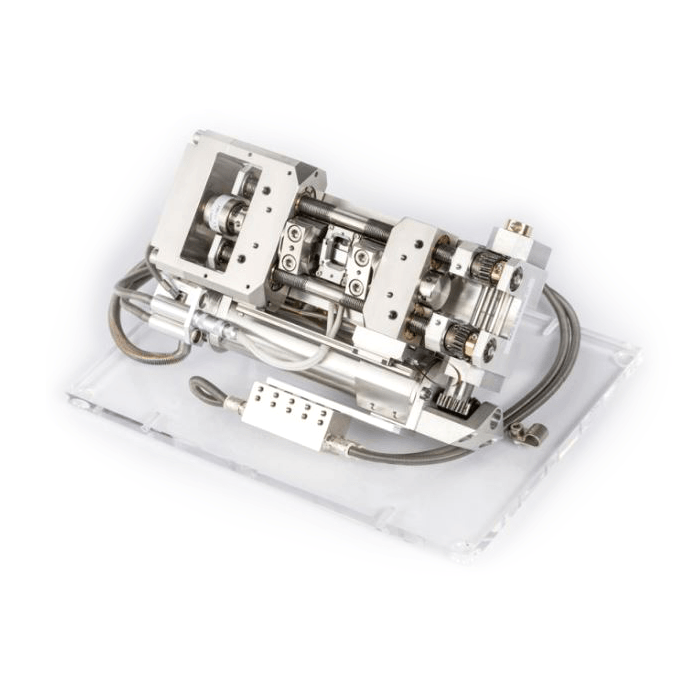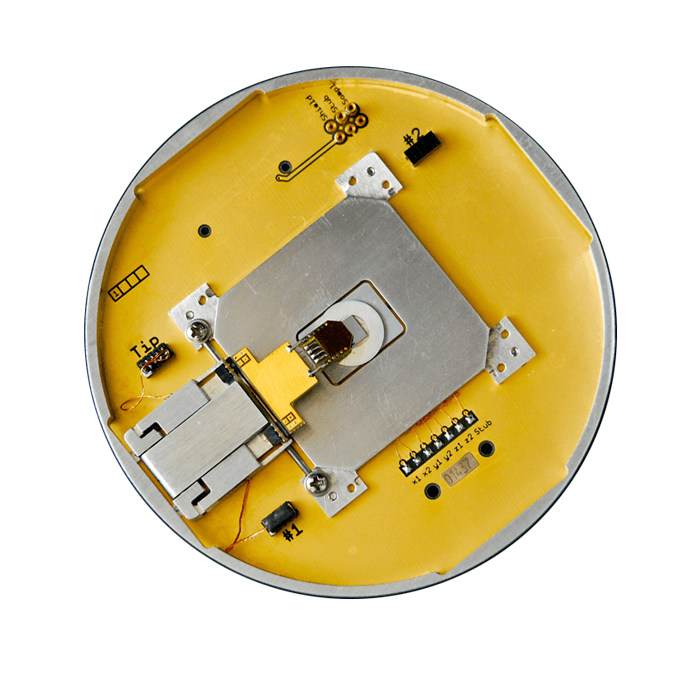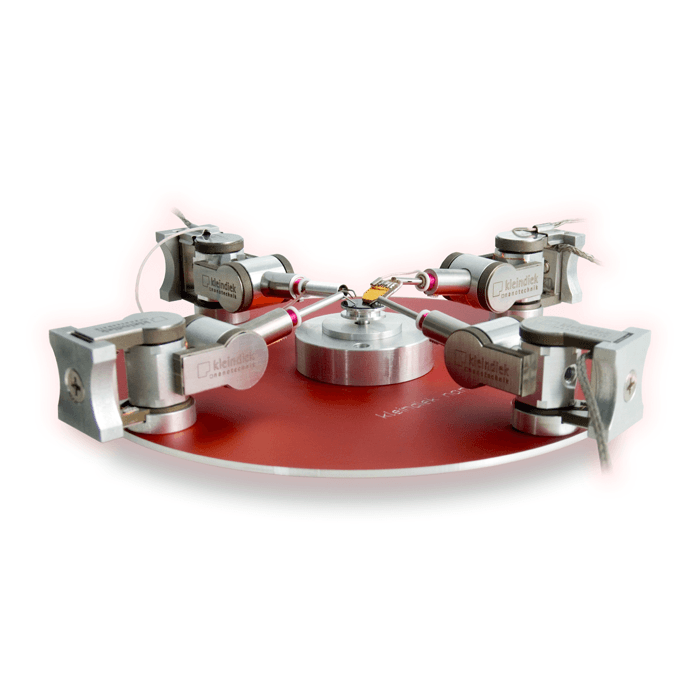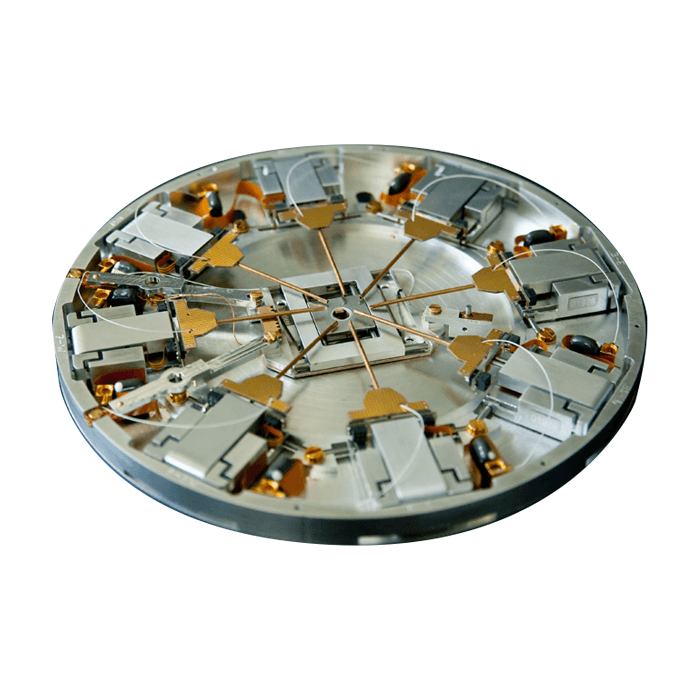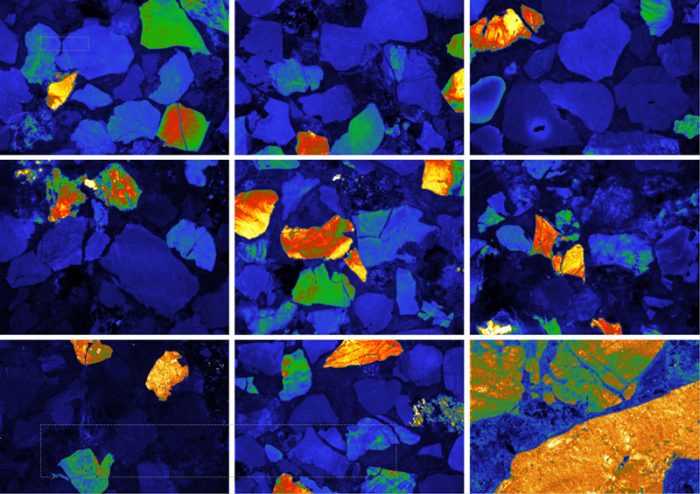
SPARC
Cathodoluminescence detection system

The SPARC is a high-performance cathodoluminescence detector, which is unique for its modular design, ease-of-use, multiple imaging modes and the ability to be retrofitted on any scanning electron microscope (SEM).
-
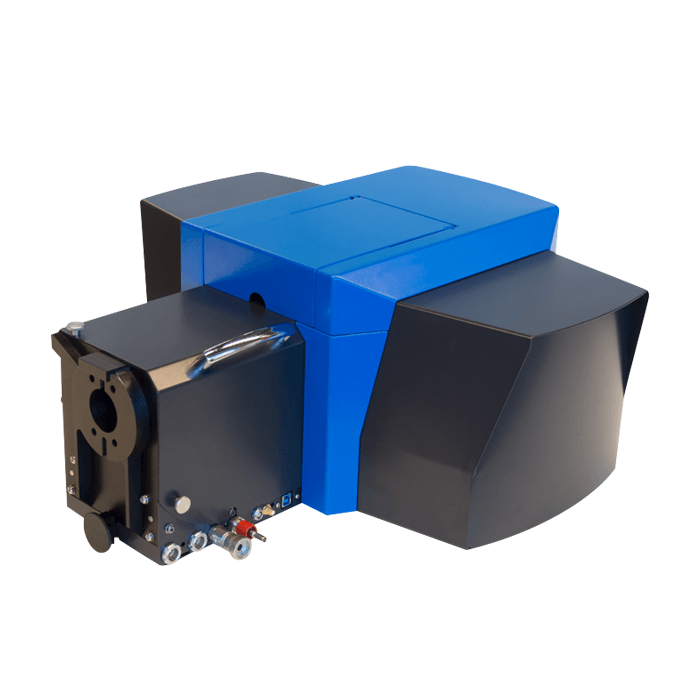
Key Features
- Unsurpassed sensitivity Automated alignment procedure
- Fully retractable Motorized mirror stage Best performance, reproducible alignment, high sensitivity
- Fully Modular design Full experimental freedom
- Various imaging modes Intensity mapping, Angle-resolved, time-resolved and hyperspectral CL spectroscopy, Energy-momentum and polirised CL imaging etc. Learn more
- Open source ODEMIS software User-friendly and fully adaptable
Product Review
-
The main attraction was the SPARC’s outstanding light collection efficiency which is made possible by a high precision alignment system for the parabolic mirror that collects the CL signal. Read more
Prof. Matthew PhillipsEmeritus Professor - Faculty of Science
The various cathodoluminescence analytical modes afforded by the DELMIC SPARC are summarised below. For more details on how they work, read our article on Recent Advances in Cathodoluminescence Imaging Modes or visit Cathodoluminescence Imaging Modes and Applications for a collection of videos and webinars that will provide yet more details.
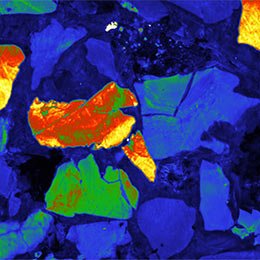
Fast Intensity Mapping
A fast analog PMT detector can be used for large-scale imaging. This allows for the rapid inspection of large areas, ideal for geological applications, fast device inspection, and efficient region-of-interest finding. A filter wheel can be used for spectral differentiation.
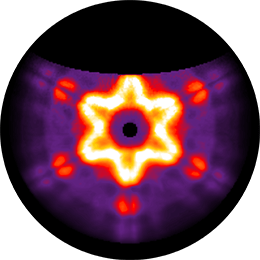
Angle-Resolved Cathodoluminescence Spectroscopy
The SPARC provides the unique option to acquire angle-resolved images. Rather than focusing the light signal on a fiber or narrow opening, an image of the mirror can be projected onto an imaging camera. This allows for the detection of the directionality of the emitted light, also known as momentum spectroscopy. In this mode, a filter wheel is used to spectrally distinguish the different emission wavelengths.
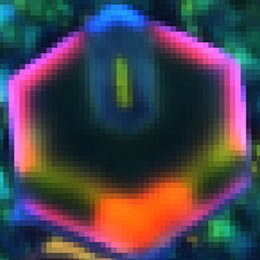
Hyperspectral Imaging
When the SPARC system is used in spectral mode, the light coming from the mirror is focused on a slit or fiber connected to a Czerny-Turner spectrograph. A variety of imaging detectors can be used to cover a spectral range of 200-1600 nm. By scanning the e-beam across the sample, a spatially resolved hyperspectral image is produced.
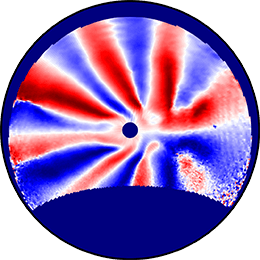
Cathodoluminescence Polarimetry
Using a polariser or even a full polarimeter in the angle-resolved mode allows for the reconstruction of the polarisation state (Stokes vector) of CL for different emission angles. An advanced correction for the optical system including the paraboloid mirror is required for this reconstruction. This is provided with the polarisation system.
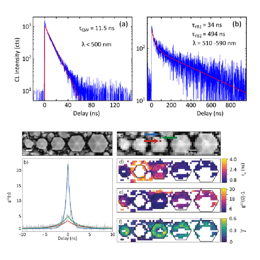
Time-Resolved Cathodoluminescence Imaging
With a Lab Cube module, an add-on for the standard SPARC spectral system, it is now possible to perform g(2) and lifetime imaging and observe the time dynamics of various nanomaterials. Time-resolved imaging is highly relevant for a wide range of applications, including semiconductors for photovoltaics and light-emitting devices, as well as single emitters for quantum information processing and sensing.
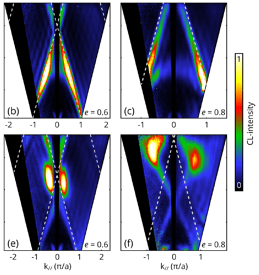
Energy-Momentum Cathodoluminescence
Energy-Momentum Cathodoluminescence Imaging is a new technique which can be applied to track the directionality through energy and momentum space with very high precision. It is a great tool for mapping the optical properties of a wide range of dispersive and anisotropic systems, paving the way for a broad range of studies on complex nanophotonic systems.

- All
- AFM/SPM/SNOM
- ARPES
- Automated Mineralogy
- CL
- CLEM
- Core Scanning
- Diffraction Imaging
- EBSD
- EDS
- Electron Beam Lithography (EBL)
- Electron Microscopy
- Fabrication
- FIB
- Hyperspectral
- In situ
- LALI-TOF-MS - Laser Ablation Laser Induced Time of Flight Mass Spectrometry
- Laser spectroscopy
- LIBS
- Mass Spectrometry
- Micro XRF
- Microscopy
- NMR
- SEM
- Spectrophotometry
- Spectroscopy
- TEM
- Thermal Probe Lithography
- WDS
- X-ray absorption spectroscopy (XANES/EXAFS)

